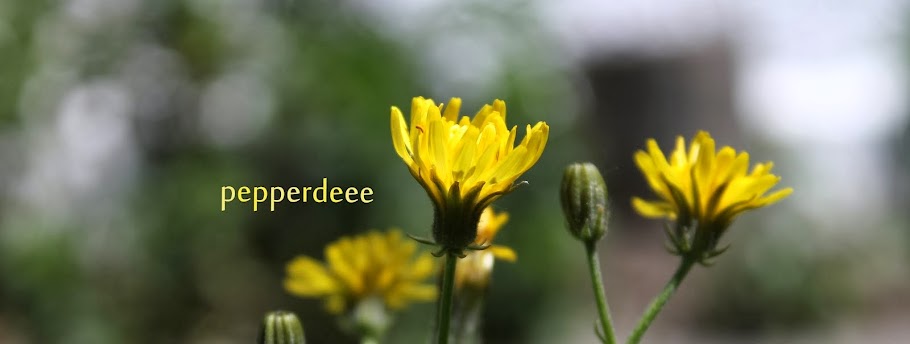They say the fun thing about natural dyes is trying different plants yourself and experimenting with colour. This dye pot started out as an absolute disaster - but ended up producing a really pretty peachy pink which I'm absolutely thrilled with! The colour of candy floss.
Today I thought it would be a good idea to include a step by step of how the whole natural dye process works. Keep in mind that I'm not an expert! Just writing from personal experience.
Today I thought it would be a good idea to include a step by step of how the whole natural dye process works. Keep in mind that I'm not an expert! Just writing from personal experience.
First, prepare your wool. What I'm using is carded, as per last time. But you could use spun wool, or fabric, particularly cotton or linen - natural dyes could produce some beautiful sheets, tablecloths or cloth napkins. Even wool straight from the sheep could be fine to use (washed first), as long as you were careful not to let it felt. If you are using wool, weighing it is a good idea, especially if you are using a particular pattern for your project. I weighed up 5 ounces (150gram) which will be enough for a small project. Each textile will produce a different colour, and each time you dye will likely produce a different shade of colour.
Lots of people say to add wool after the dye has simmered, so that it doesn't felt. Surely this would result in a much less vibrant colour? Personally, I roughly sew a bag out of muslin or old cotton sheet, with a small pocket with string encased around one end to use as a drawstring, then evenly distribute the wool inside. As long as you use a low simmer and don't agitate or stir the bag, just turning it over a couple of times during the process to absorb the dye evenly, the wool won't felt.
Add the bag or your fabric to lukewarm water, the temperature of a baby's bath. This means the wool won't get a shock. Add your ingredient and bring to a simmer. Simmering for about 40 minutes releases the dye.
After reading somewhere on the internet that you could
produce a pale pink dye by simmering whole avocado pips, I collected 5 fresh
avocado pips and attempted dyeing with them. Well... that pot simmered
for an hour and a half and the water was still as clear as when it came
out of the tap!
Not to be deterred, the search was on for other things that produce a pink dye. Mum is an avid gardener and can identify most plants. After going through a list of natural pink dyes, she pulled some lady's bedstraw right out of the garden. We discarded the leaves and stems, hosed down the roots to clean the soil off and added them to the dye pot.
40 minutes later, the bag had turned coral pink! I took the pot off the heat and let it sit overnight, before rinsing it out twice with lukewarm water and spinning it on gentle in the washing machine. Afterward it was layed out on a towel to dry outside.
The colour is vibrant and the wool is absolutely beautiful. Success!









